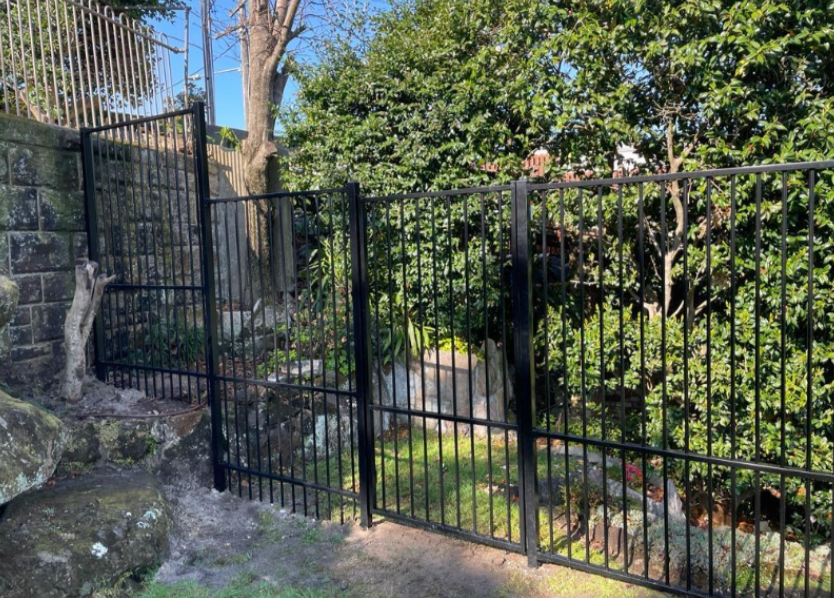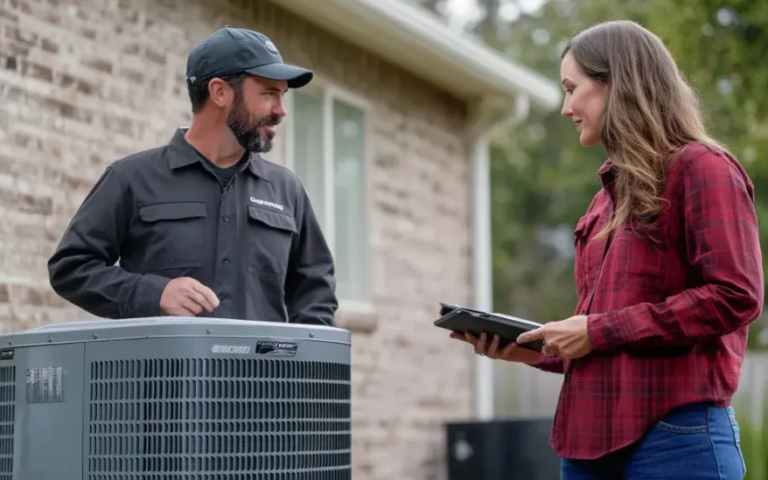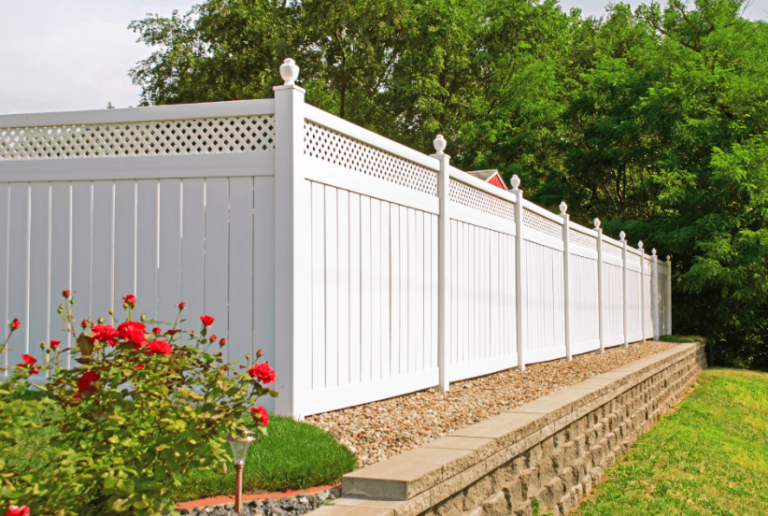Fence Depth Demystified: How Deep Should a Fence Be Buried for Real Protection?
If you’re installing a fence to keep animals out or in, you’ve likely asked: how deep should a fence be buried? It’s a critical question that many DIYers overlook. Whether you’re trying to block rabbits, groundhogs, or coyotes, or simply want a long-lasting structure that won’t shift, depth matters more than you think.
In this post, we’ll break down how deep your fence should be buried, what factors impact digging, and how to make sure your fence stays secure for years, not just a season.
Why Fence Depth Matters
The ground isn’t just what your fence sits on; it’s what holds it in place. If you don’t bury your fence deep enough, it becomes vulnerable to shifting soil, wind damage, or worse, burrowing animals.
So, how deep should a fence be buried? For most animal fences, 6 to 12 inches below ground is the minimum. In high-risk areas, you may need to go deeper.
Getting this detail right can mean the difference between a fence that holds up all year and one that fails after the first hard rain or animal intrusion.
What Are You Trying to Stop?
To figure out how deep your fence should go, first ask what you’re protecting, and from what.
For small animals like rabbits or skunks, 6–8 inches of burial is often enough. These animals dig, but not very deep. A vertical barrier in the soil usually stops them.
For burrowing pests like groundhogs or foxes, go deeper, aim for 12–18 inches. These animals are stronger and more determined, especially around gardens, coops, or food sources.
For general garden or pet fencing, where soil movement is the main concern, a depth of 10–12 inches is usually sufficient to stabilize the structure.
Soil Type Makes a Difference
How deep should a fence be buried? That depends not just on the animals, but on the ground itself.
- Soft or sandy soil shifts easily, especially after rain. Deeper burial (12+ inches) helps prevent sagging or collapse.
- Clay-heavy soil holds shape well but may expand or contract with temperature changes. Depth helps minimize movement.
- Rocky or compacted soil may make digging harder, but it also provides natural resistance. In these cases, 6–8 inches can be enough, especially if paired with trench barriers or horizontal mesh.
For uneven or sloped land, adjust burial depth so the entire fence base stays consistently below surface level.
Don’t Just Dig, Create a Dig Barrier
In addition to vertical burial, consider creating an L-shaped barrier at the base of your fence. This involves bending the bottom 12–24 inches of your fencing outward, then burying it flat in a trench. This method stops animals from digging directly at the fence line, since they hit the hidden barrier and give up.
This approach is especially effective for:
- Chicken coops and small livestock pens
- Gardens with repeated groundhog or rabbit issues
- Long-term fences where repair access is limited
Tools and Tips for DIY Installation
Burying a fence doesn’t require fancy equipment, just a few smart tools and some prep.
- Use a trenching shovel or flat spade for clean, narrow digs
- Clear any roots or rocks from the trench bottom
- If laying a mesh skirt, pin it down with landscape staples before filling in
- Use gravel or soil mix to backfill in soft areas, which adds stability
- Always check for underground utility lines before digging
Remember: the deeper you go, the stronger your fence becomes. It’s extra work up front, but saves on repairs later.
What Happens If You Skip Burial?
A fence that isn’t buried may look solid, but it’s an open invitation for problems. Without underground support, wind can lift the base, animals can push under it, and soil erosion can expose gaps over time.
Worse, animals like raccoons or foxes can exploit these weak points and dig underneath, especially during nesting or food scarcity seasons.
So when in doubt about how deep should a fence be buried, it’s safer to go deeper than you think you need. A little more digging today means fewer headaches tomorrow.
Final Takeaway: Depth Equals Durability
The success of your fence depends not just on what’s above ground, but what’s below it. If you’re wondering how deep should a fence be buried for real protection, most experts agree that 6 to 12 inches is a smart starting point, and more if you’re dealing with burrowing pests or soft soil.
A bit of extra digging can go a long way. Resources like Critterfence’s animal fence guide offer helpful tips on burial depth, ground prep, and barrier extensions that can make your installation more effective over time.
Your fence is only as strong as its base, so give it the depth it deserves.






